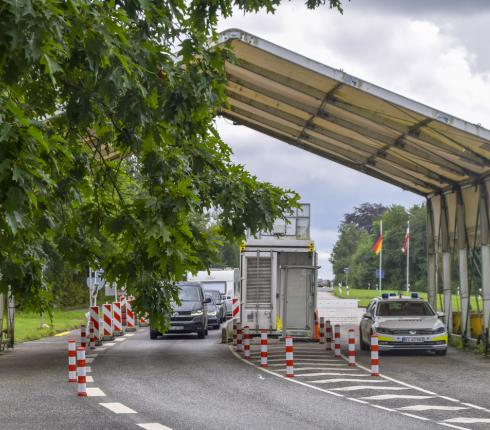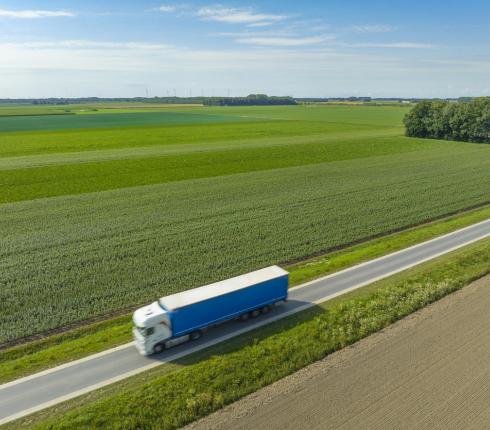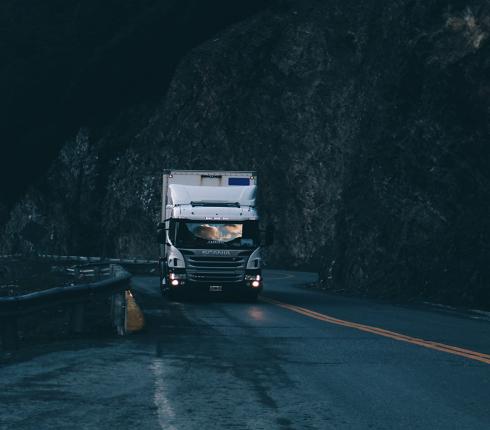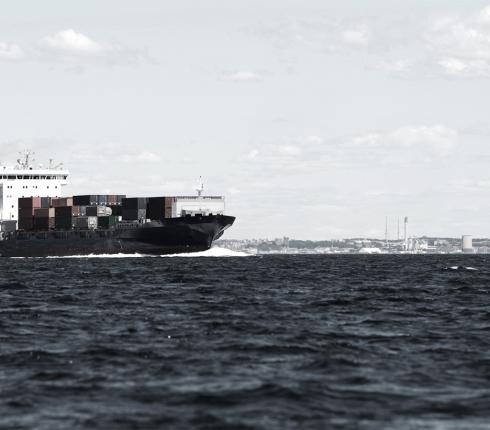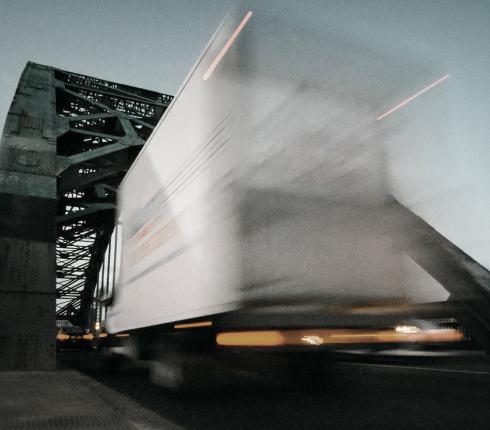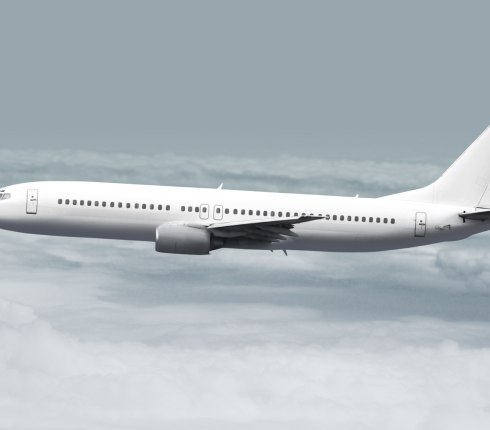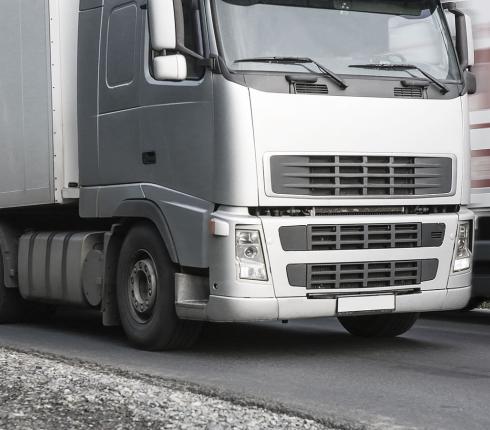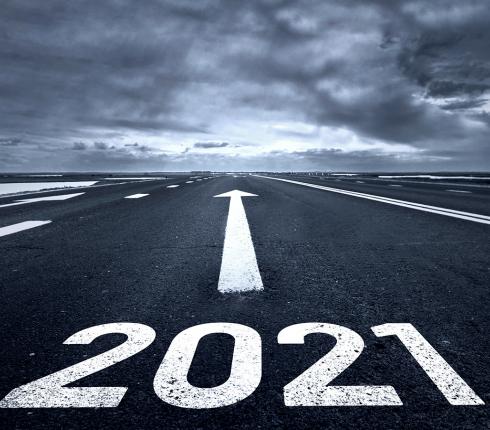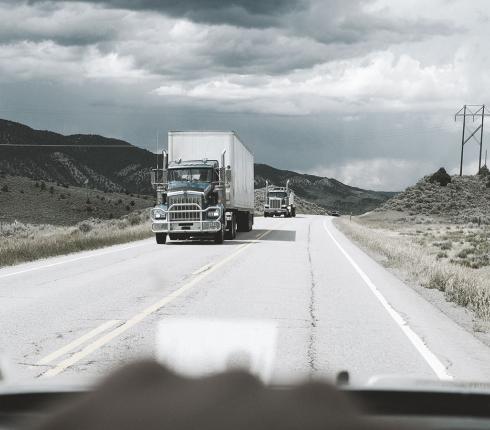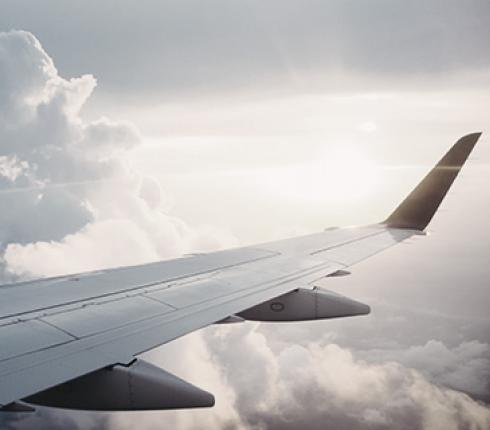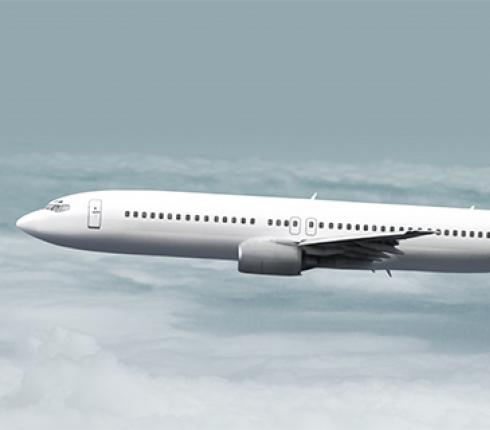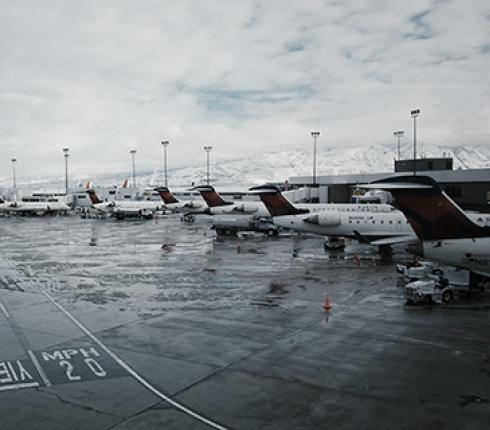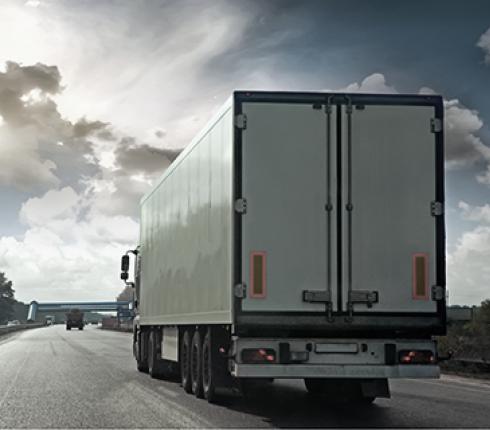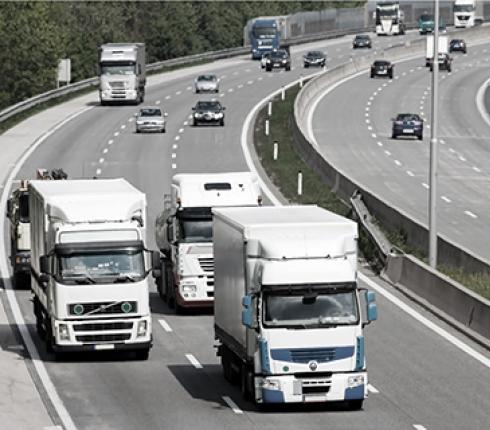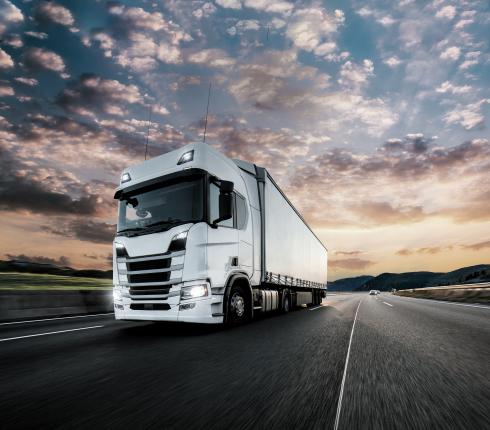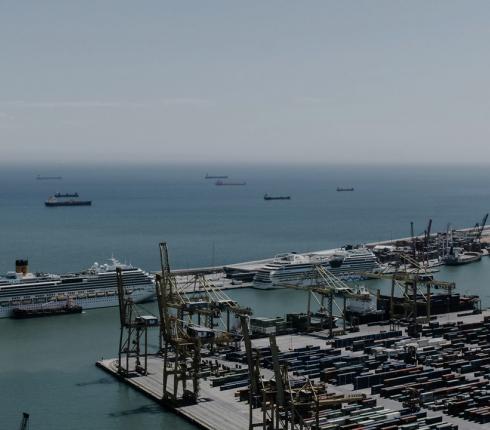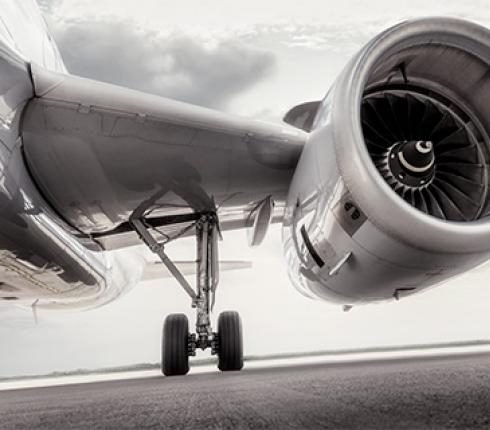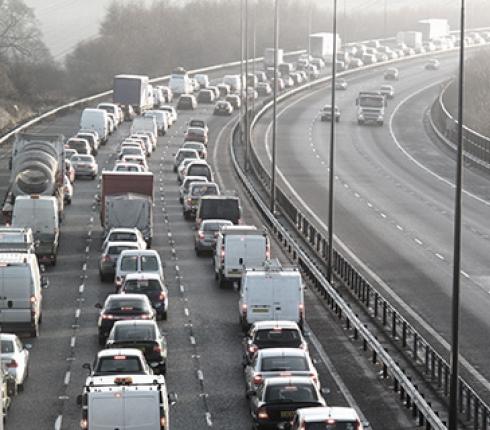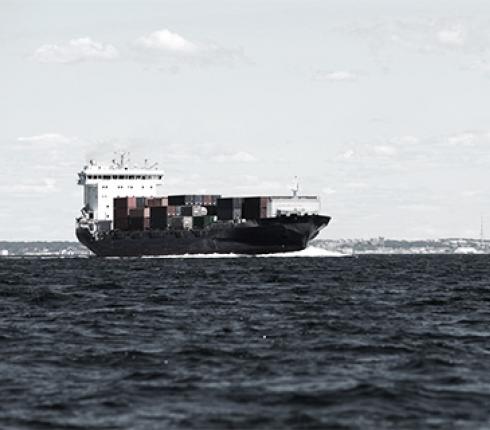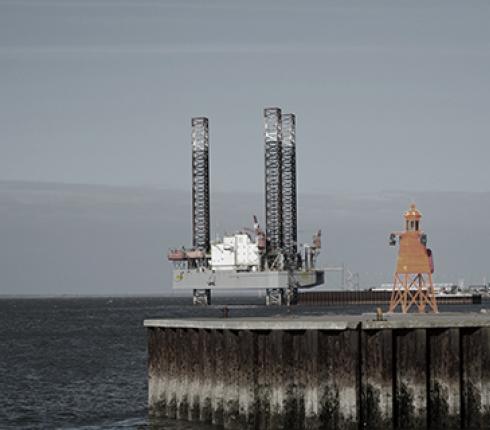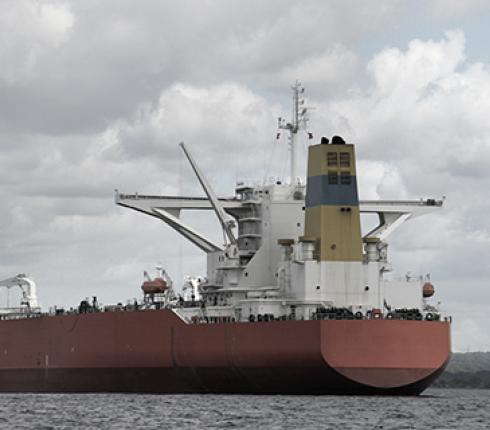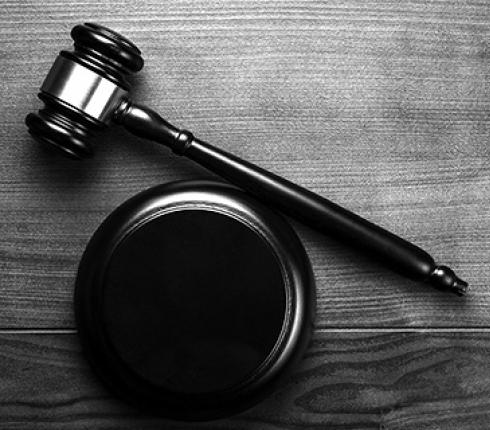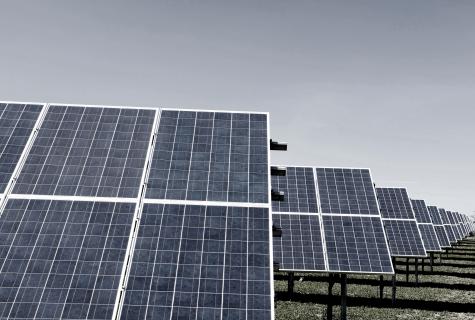The future of transport
The technological advances within robot and drone technology powers ahead while the shipping and transport industry closely monitors the development. These technologies have the potential to change the whole industry, but is the necessary legislation in place to support the technological progress?
The significant commercial potential of drones, autonomous vehicles and unmanned vessels is obvious. In Denmark, the political will to put in place the legislative framework necessary for the industry to adopt these technologies appears to be present, especially for drones and autonomous vehicles.
The use of autonomous vehicles, unmanned vessels and drones is expected to increase safety and ensure a more efficient traffic flow. But will the necessary legislation be implemented in time to support the rapid progress of these technologies?
Giant steps in technology
The technology behind autonomous vehicles appears to be in place. In the port of Hamburg, autonomous trucks carry containers every day. In the US, the Uber-owned company “Otto” has estimated that the company’s software, which can be implemented in existing trucks to make them autonomous, will be put into use in the American transport industry in 2017. In Denmark, the municipality of Himmerland has run an experiment with the autonomous bus “Olli” for the transportation of 12 people since September this year.
The development of unmanned vessels have been much talked of in the maritime industry for some years. In general, the development focuses on two types of vessels: Remotely Operated Vessels (ROVs) and Autonomous Vessels (AVs). Based on the current technological trends, ROVs will be fully developed in the very near future, while AVs will not be available for some time.
MUNIN, an EU-funded organisation, has outlined a design concept for a dry cargo ROV to be put into production in 2030. The British company Automated Ships Ltd. has entered into a memorandum of understanding with the Norwegian equipment supplier Kongsberg regarding the design of a 35 meter long offshore-vessel to be commissioned in the North Sea from 2018.
The commercial applications of drones is incredibly diverse – infrastructure, transport, insurance, media and entertainment, telecommunications, agriculture, security and mining to name some key areas. In the transport industry, drones are already used for package delivery, to transport medicine, for fleet management and delivery of spare parts, as well as monitoring and information gathering. Drones will become an integrated part of both the on-shore and offshore transport industry in time.
Does the legislation keep up with the technological advances?
The technological development of the future means of transportation seems to be moving ahead with giant steps, while the adjustment of the legislative framework is falling behind in some areas. The transport industry should monitor the legal developments closely.
Autonomous vehicles
A new proposal for the amendment of the Danish Road Traffic Act allows the Minister for Transport and Buildings to authorize experiments with autonomous vehicles using the public road system.
EU has expressed interest in creating a joint legal framework for autonomous vehicles. A draft directive has yet to be put forward, but the process has been launched. Until such time as the political will and the legal framework fully allows for autonomous vehicles, platooning may provide a partial step forward.
Platoons are partially automated trucks that drive closely together in convoys at a constant speed, which is controlled electronically by the truck at the front of the convoy. This reduces fuel consumption, improves traffic safety and boosts traffic flows. Platooning is most efficient on long distances on the motorway, and a harmonised European set of rules is therefore necessary in order to utilize the full potential of this solution.
Unmanned vessels
Similar challenges face the industry when it comes to the use of unmanned vessels. The technology is far ahead of the legislation, which does not yet provide guidelines for a number of central issues. One of these issues is the regulatory minimum crew requirements for ship that follow from IMO Conventions and the Danish Act on Safety at Sea.
IMO is planning a revision of the Convention on Safety of Life at Sea by 2024, which is expected to address the legal challenges posed by unmanned vessels. It will be necessary to adjust UNCLOS, MARPOL and similar conventions to introduce suitable provisions governing unmanned vessels. Finally, the insurance conditions and requirements for seaworthiness should be adjusted in accordance with the developments in this area.
Drones
Both the EU and The International Civil Aviation Organization (ICAO) has set up working groups on international regulation for drones. Until the drafts of the working groups are published, the use of drones is not regulated on an international basis. The legislation is therefore currently handled on a national level by the individual countries.
On 22 August 2016, the Danish government issued an order on the use of drones in residential areas which adds to those provisions of the Danish Civil Aviation Act that apply to the use of drones. Regulation on the use of drones on-shore has been passed, and regulation on the use of drones in the off-shore sector is expected to follow in 2017.
Will this affect my liability?
In the present form of the Danish Road Traffic Act, the owner or the user of the vehicle is liable for the damage caused by the vehicle. Under the new proposal for autonomous vehicles, the holder of the permit for the vehicle will be subject to the strict liability regime under the Danish Road Traffic Act. The permit holder and the owner may be identical.
The carrier’s liability towards the shipper under a contract for carriage will generally remain the same in relation to autonomous vehicles and unmanned vessels: The carrier will be liable for the good condition and timely delivery of the cargo.
The use of unmanned means of transport is unlikely to change the liability of the carrier for vehicle defects or unseaworthiness, cfr. Section 24 (3) of the Danish Act on Carriage of Goods by Road and Section 262 (2) of the Danish Merchant Shipping Act.
The Danish Civil Aviation Act governs the liability for damages caused by drones to a third party or the property of a third party. The drone pilot will be strictly liable for such damage. Further regulation of drones is provided in the order on the use of drones in residential areas.
In general, the use of unmanned means of transport is expected to require adjustments of applicable standard terms and conditions, as well as the drafting of new standard terms and conditions in certain areas – including to ensure that the new spectrum of risk is divided between the parties and/or limited in an appropriate manner.
Liability insurance
Under the new proposal for autonomous vehicles, the duty to take out liability insurance covering the liability under the Danish Road Traffic Act lies with the permit holder. The wording of existing insurance policies will need to be amended to cover autonomous vehicles.
As for ordinary ships under Danish flag with a gross tonnage of 300 or above, unmanned vessels are expected to be subject to the obligation to take out insurance against maritime claims. New methods must be developed for conducting safety inspections and obtaining the approvals required to take out such insurance.
When using these autonomous means of transportation for the carriage of cargo, the carrier should ensure that suitable liability insurance is in place, with cover extended to include carriage of cargo by such means of transportation. Carriers should ensure, inter alia, that the insurance covers loss caused by the types of defects that are of particular concern for autonomous means of transportation, such as software defects.
When using drones for commercial purposes, insurance against third-party risks must be taken out. The legal obligation to insure lies with the owner. The standard insurance policies for drones only cover liability for damage to persons and property external to the drone, and therefore will not cover damage to cargo carried by the drone.
As the use of drones for transportation of cargo increases, insurance against the loss of, damage to and delay in delivery of cargo will play an increasingly important role.
The growing importance of product liability
Product liability is likely to play an increasingly important role as the means of transport becomes increasingly autonomous. Safe transport will depend on the software used in the relevant means of transport. Especially in the early phase of
Do you want to know more?
NJORD Law Firm closely follows the rapid development in order to ensure our clients the best possible legal assistance to expand their business with the assistance of the future technology. Starting with this special edition our newsletter will focus on legal issues relevant to the future transport.

